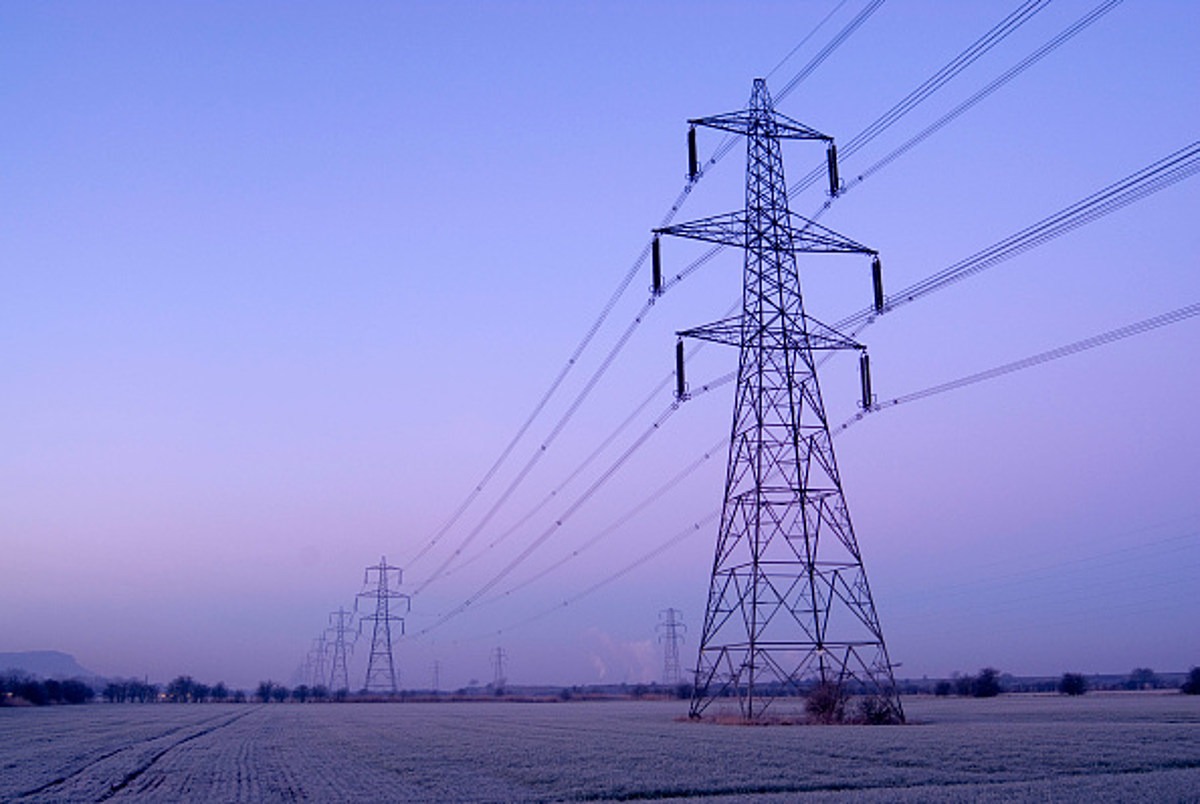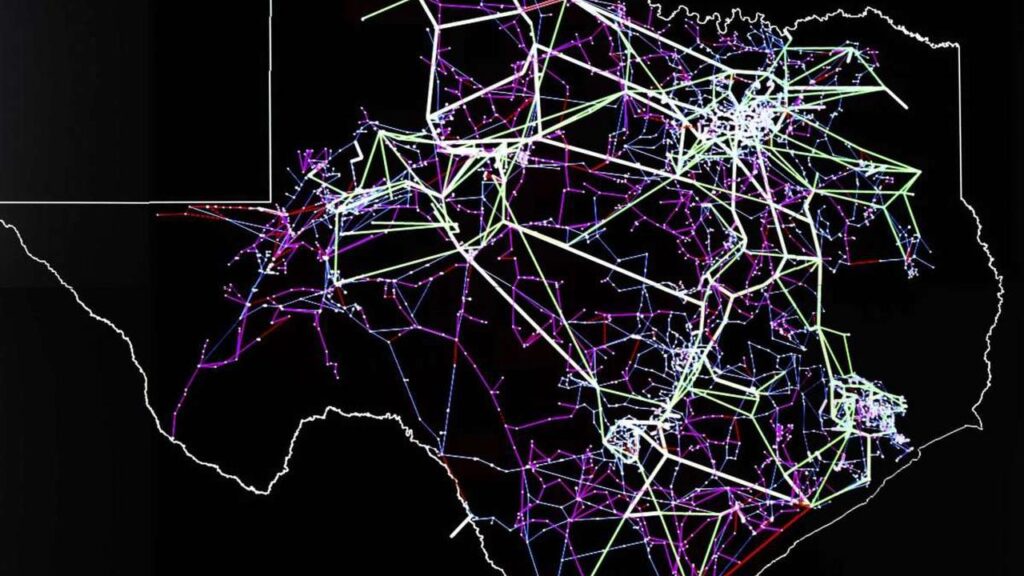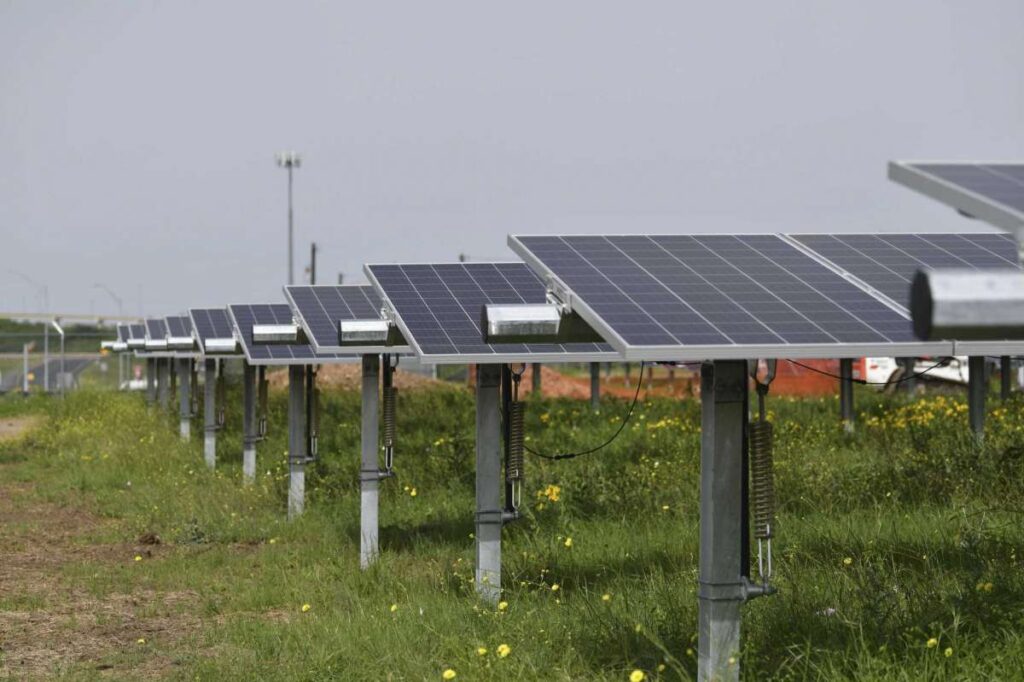
Takeaways from this week’s snowpocolypse:
One – snow is no longer pretty.
Two – minus one is not an acceptable temperature no matter where you live.
Three – ERCOT needs to get their you-know-what together.
And four, every home should have a back-up generator.
Growing up in Texas, I know how much havoc even a little snow can create. Back in the day when I was still a wee lad, one storm dumped six inches of snow topped off with a layer of ice. In 2011, people were injured by falling ice at Cowboys Stadium. And this year’s 133 car pile-up in Ft. Worth made national news.
However, turning on the news this week has been a constant reminder of how unprepared Texas was for this type of event. No one should be worried about freezing to death in their own home. And no one should worry that grid operators and power providers cannot supply electricity.
 On past projects, we’ve added generators at the request of the owner. A client just informed me as I’m writing this that she was looking at adding one to her current project. But we’ve never simply included a backup system as a general aspect of design. No one thinks to until they don’t have power.
On past projects, we’ve added generators at the request of the owner. A client just informed me as I’m writing this that she was looking at adding one to her current project. But we’ve never simply included a backup system as a general aspect of design. No one thinks to until they don’t have power.
So why don’t we have backup generators for our homes? At a time when major industries, hospitals, and other critical infrastructure have access to back-up power supplies, shouldn’t homeowners as well?
First and foremost, most home generators tap into the natural gas supply or an individual’s liquid propane. Now imagine tens of thousands of generators kicking on at the same time. At a time when power plants have shut down because they could not get enough natural gas, powering up a large number of generators doesn’t seem likely.
Second, if you’ve lived in Dallas long enough, you know we don’t have the best natural gas infrastructure. Leaky pipes abound, to the point that one client replaced the gas line for his house and his street back to the main line because the provider couldn’t guarantee enough pressure. Not to mention the young girl who was killed in an explosion because someone had damaged the 70-year-old gas main in the alley behind her home.
Finally, the simple challenge of undertaking a major infrastructure upgrade to accommodate the demand and convincing people to pay for it. When we cannot get ERCOT and energy providers to winterize their systems, how do we convince them an upgrade is in their best interest and worth the investment?
Of course, my architect brain kicked in after day four of cold weather, round two of snow, and said somewhere there is a solution. How do we provide backup power for millions of homes without taxing an already over-taxed gas supply?
Solar.
While politicians are already coming out and blaming green energy systems like solar and wind for the current power failures, solar-generated backup could be a real possibility. You can already purchase small, portable solar-powered generators. And at least one company already offers a battery storage system for this purpose that connects to solar panels. We’d eliminate the concern about drawing too much natural gas, plus homeowners could utilize the power for non-emergency situations as well.

Cody Bahn, Houston Chronicle / Staff photographer
Not that we’re asking you to create a solar farm in your backyard or on your roof. The goal would be to provide enough power to run basic systems instead of an entire house and sizing the system to accommodate that. On the downside, space needed for battery storage can become bulky depending on the size of the system. However, battery technology is still evolving. Just ask Tesla.
So, what happens moving forward?
Anyone who has been paying attention to the news knows that state politicians are already pointing fingers and clamoring for investigations. Except we went through this exercise in 2011, only to have ERCOT and power providers do nothing. To achieve any results, state legislators this year will have to provide requirements, not recommendations.
Which means as homeowners and business owners, we need to keep this past week in the forefront of our minds. As with any traumatic event – and don’t kid yourself; for millions this has been traumatic – we tend to want to forget, or we turn this into anecdotes for down the road. “Remember that storm in 2021?”
But we will need to do more. This will not be the last time as this is also not the first time. In June 2019 we went without power for three days because of a storm that moved through North Texas.
For my fellow architects, I present this challenge:
How do we convince the homebuilding industry that backup generators should be included in all new construction? As a profession, architecture is already moving towards creating structures with a zero-carbon footprint. Can we convince home builders to utilize solar-powered generation and storage?
How do we retrofit existing homes? Nearly 83 million detached, single-family homes exist in the United States, with 6.8 million homes constructed last year alone.
How do we make this a reality for poorer and underserved communities? Adding a generator to a home renovation seems simple when you’re already spending thousands of dollars. How do you achieve that when you have little to none?
Texas architects have an opportunity to once again step forward and provide a solution. And you, dear reader, have an opportunity too. Reach out to your state leaders and hold their feet to the fire if necessary.
Because no one deserves to freeze to death in their own home.
No one.
Cover image: Getty

Recent Comments